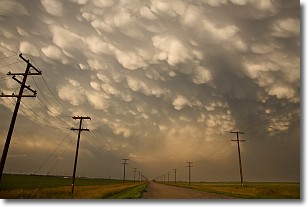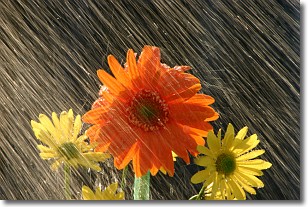Weather Alert in Michigan
Air Quality Alert issued July 15 at 12:03PM EDT by NWS Grand Rapids MI
AREAS AFFECTED: Muskegon; Ottawa; Kent; Allegan; Van Buren
DESCRIPTION: Air Quality Advisory for July 16, 2025 The Michigan Department of Environment, Great Lakes, and Energy (EGLE) has declared an Air Quality Advisory for July 16 for elevated levels of ozone in several western lake shore counties. Pollutants within those areas are expected to be in the Unhealthy for Sensitive Groups (USG, Orange AQI) range. The Air Quality Advisory is in effect for the following Michigan counties: Allegan, Kent, Muskegon, Ottawa, and Van Buren As wildfire smoke exits the region, leftover chemical precursors are present which could trigger elevated ozone levels. Original forecasts of early cloud cover during Wednesday now look less likely as projected West Michigan lake dynamics look to delay the cloud arrival. Minus the cloud coverage, elements such as wind direction, temperature, dew points, and upper air conditions all point towards the likelihood that elevated ozone concentrations, in the USG range, could occur throughout those counties. It is recommended that, when possible, you avoid strenuous outdoor activities, especially those with respiratory diseases such as asthma. People and businesses are urged to avoid activities which can lead to ozone formation. These activities include: refueling vehicles or topping off when refueling; using gasoline powered lawn equipment; using charcoal lighter fluid. Positive activities include: driving less; telecommuting; walking or bike riding; delaying or combining errands; using water-based paints. For further information, please see EPAs Air Now site for up-to-date air quality data: https://www.airnow.gov/
INSTRUCTION: N/A
Want more detail? Get the Complete 7 Day and Night Detailed Forecast!
Current U.S. National Radar--Current
The Current National Weather Radar is shown below with a UTC Time (subtract 5 hours from UTC to get Eastern Time).

National Weather Forecast--Current
The Current National Weather Forecast and National Weather Map are shown below.

National Weather Forecast for Tomorrow
Tomorrow National Weather Forecast and Tomorrow National Weather Map are show below.

North America Water Vapor (Moisture)
This map shows recent moisture content over North America. Bright and colored areas show high moisture (ie, clouds); brown indicates very little moisture present; black indicates no moisture.

Weather Topic: What are Mammatus Clouds?
Home - Education - Cloud Types - Mammatus Clouds
 Next Topic: Nimbostratus Clouds
Next Topic: Nimbostratus Clouds
A mammatus cloud is a cloud with a unique feature which resembles
a web of pouches hanging along the base of the cloud.
In the United States, mammatus clouds tend to form in the warmer months, commonly
in the Midwest and eastern regions.
While they usually form at the bottom of a cumulonimbis cloud, they can also form
under altostratus, altocumulus, stratocumulus, and cirrus clouds. Mammatus clouds
warn that severe weather is close.
Next Topic: Nimbostratus Clouds
Weather Topic: What is Precipitation?
Home - Education - Precipitation - Precipitation
 Next Topic: Rain
Next Topic: Rain
Precipitation can refer to many different forms of water that
may fall from clouds. Precipitation occurs after a cloud has become saturated to
the point where its water particles are more dense than the air below the cloud.
In most cases, precipitation will reach the ground, but it is not uncommon for
precipitation to evaporate before it reaches the earth's surface.
When precipitation evaporates before it contacts the ground it is called Virga.
Graupel, hail, sleet, rain, drizzle, and snow are forms of precipitation, but fog
and mist are not considered precipitation because the water vapor which
constitutes them isn't dense enough to fall to the ground.
Next Topic: Rain
Current conditions powered by WeatherAPI.com




